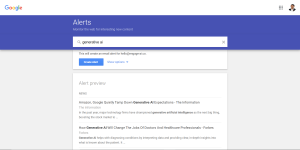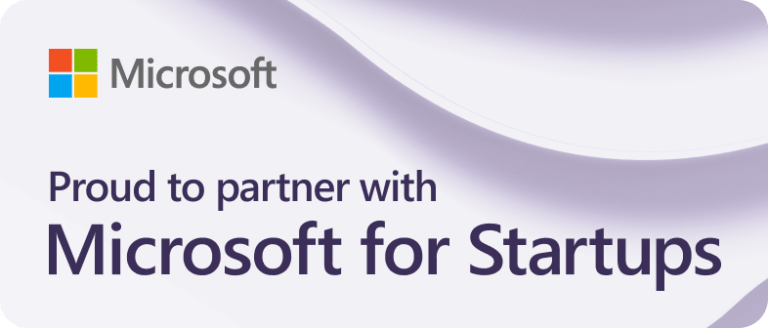When creating content for your LinkedIn page, the number one thing to consider is the purpose of your content. It will likely come down to one of three things, or maybe even a few at once.
- To educate
- To entertain
- To pitch
Before creating your content, it’s important to know which angle you’re going for, so that you can curate your content in the best way possible for what you aim to achieve.
If you are seeking to educate, you’ll want to supply solid facts and ensure your sources are credible. If you’re trying to educate, you may be writing advice, a list of tips, your own experiences that you’ve learned from, a tutorial, or more.
In terms of entertaining, you’ll likely want to keep your content informal, fun, and genuine! Here, you may be telling a story, sharing a meme, comic, joke, or skit, or something else along those lines.
Trying to pitch? You’ll want to use all your sales skills here then to create content that urges your audiences to take action. In this case, you may be trying to have your audience register for a webinar, contact you, visit a website, subscribe to a newsletter, or purchase a product or service.
However, when writing your content and deciding on a purpose, be aware of your audience and what they want to see. Have a variety in the content you post. If you’re constantly posting pitches, your audience is bound to get bored and may stop following you. No one wants ads all over their feed all of the time!
Even so, having all of your content focused on educating can bore an audience too. While your information is insightful and important, this isn’t a classroom. Your audience likely doesn’t want to have to absorb all of this information multiple times a week. They can only handle so much!
Having all of your content entertaining can be a turn off as well. While it’s a fun break from the usual pitches and educational content all over LinkedIn, if that’s all you’re posting, your audience may start to wonder if you have anything important to say after all.
The key, as always, is balance.
We suggest you post 80% educational and entertaining content, while only dedicating a mere 20% to pitching. In that sense, if you’re posting 10 times a month, only post a pitch twice a month. This is the best way to keep your audience engaged with your content no matter what you post. Few people will mind a pitch if it’s rare enough! We’re all business people here.
How Should I Be Creating Content?
One of our favorite tactics is the using ethos, pathos, and logos in your content.
Ethos
- This refers to your credibility
- Persuade your audience by convincing them that you’re reliable and trustworthy, you know what you’re talking about!
- You can do this by;
- Showing your sources
- Giving genuine statistics
- Tagging an important or well-known person that agrees with your points – make sure they’re okay with you tagging them!
Pathos
- This refers to the emotions you evoke
- Persuade your audience by appealing to their emotions, elicit an emotional response from them through your content
- You can do this by;
- Presenting an inspirational story
- Presenting a sad story
- Prompting them to recall a past memory
- Presenting a relatable story
Logos
- This refers to the logic you use
- Persuade your audience by convincing them that your solution or advice is reasonable and logical
- You can do this by;
- Giving genuine statistics
- Showing your sources
- Supplying charts or graphs
- Presenting a case study
By considering the type of content you’re creating and adding in these three aspects, your content will be more effective in the end. If you’re not sure which type of content to create, try all three! It’s important to have a variety to your content on LinkedIn to ensure your audience doesn’t grow bored, and to ensure you’ll appeal to a wider audience, all of whom appreciate and resonate with different types of content.
Creating content isn’t always easy. You might still feel lost or overwhelmed on how to proceed or what to create. Fear not!
For greater detail into the different types of LinkedIn content you could be making – spoiler, there’s 8 of them!
Why Post Using a Variety of Format on LinkedIn?
If you use an assortment of formats on LinkedIn, you’ll create a more interesting experience for your connections and prospects.
Even if the LinkedIn algorithm favours document posts, you don’t want to expose your target audience to only one type of content.
You can find a detailed guide on how to leverage each content type here. Every content type serves a different purpose, whether it’s to pitch, educate and/or entertain.
Acquaint yourself with all the format possibilities and then click here for a step-by-step guide on how to create and improve your content planner.
Remember, your goal is to keep yourself in your audience’s top of mind.
Creating content gives you the golden opportunity to start a conversation.
Pro Tip: Don’t limit yourself when it comes to content. The occasional humorous or rant post may just be the conversation starter that’ll get more customers through your door. Equally, just like the humorous commercials you’ve seen recently, that’s the kind of post that keeps you fresh on their minds.
Now that you’ve uncovered the best strategies for creating content for LinkedIn, it’s time to amplify your reach!








